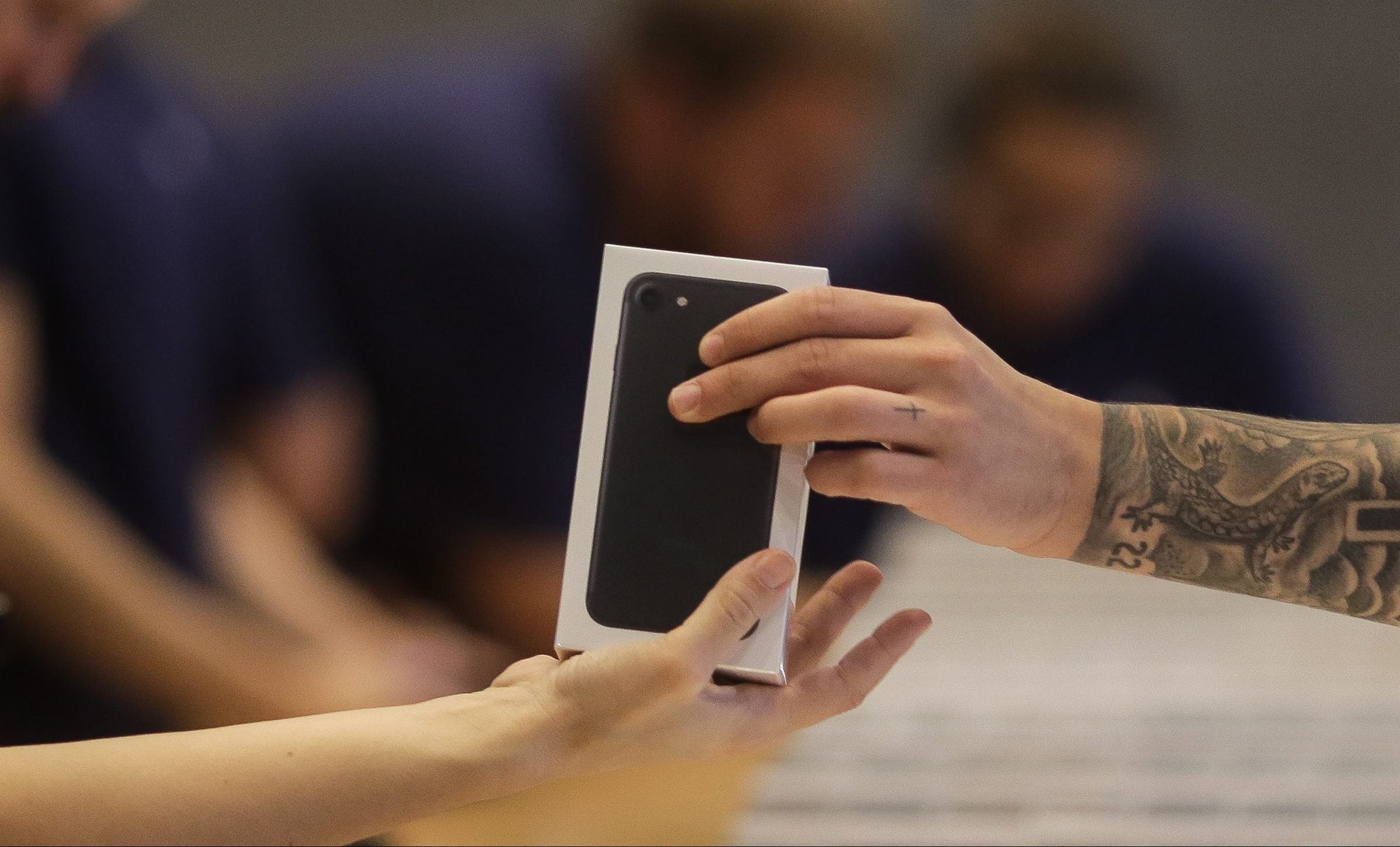National borders can’t contain the new phase of global connection
The big geopolitical storylines of the past year and a half have been those of nationalism rising, of countries closing their borders, of protectionist rhetoric on trade, and a broad backlash against globalism evident through pivotal events such as Brexit and the Donald Trump presidency. It feels like globalization is in a moment of crisis, and its future far from certain.


The big geopolitical storylines of the past year and a half have been those of nationalism rising, of countries closing their borders, of protectionist rhetoric on trade, and a broad backlash against globalism evident through pivotal events such as Brexit and the Donald Trump presidency. It feels like globalization is in a moment of crisis, and its future far from certain.
But globalization is not slowing, at least on some fronts, according to a new joint report (pdf) by Business of Fashion and McKinsey & Company. “On the contrary,” it says, “we are entering a new phase of globalisation, driven by digital connectivity and the flow of data, and this will lead to much greater global connectedness, not less.”
The extensive report examines the currents expected to shape the global fashion industry throughout 2018, which necessarily means looking to what’s happening in the world more broadly. One of the big shifts it identifies taking place is the “exponential” growth of international data flows. It finds that cross-border bandwidth has multiplied about 80 times over since 2005, and predicts that bandwidth will increase another five-fold in just the next four years.
This connectivity means consumers are less restricted by physical borders than ever, and they are happily shopping across national lines. By 2020, people around the world will spend $1 trillion on cross-border e-commerce, the report forecasts.
It’s already evident when looking at huge multinationals such as Amazon, but it’s also increasingly the case even for small companies. The biggest shopping holiday of the year for Manhattan sneaker boutique Stadium Goods, for instance, isn’t Black Friday or Cyber Monday; it’s Singles Day in China. (Though it achieved that success by selling through Alibaba’s large Tmall platform, as part of Alibaba’s effort to connect US small businesses with Chinese shoppers. More international partnerships of that sort look likely to continue as well.)
All this online connectivity isn’t just connecting people to products. Facebook, YouTube, WhatsApp, WeChat, and other social media have drastically reduced the costs, in both time and money, of communicating internationally. The result isn’t just people chatting and sharing videos with each other. Companies will find it increasingly easy to “tap into global ideas, trends, and talent pools faster and more efficiently,” BoF and McKinsey say.
Another sign of globalization’s growth, at least as far as commerce goes, is evident in a separate data point in the report. In 2018, Europe and North America will make up 49.9% of global sales of clothes and footwear, the first time they’ve represented less than half the world total. The majority of sales will instead belong collectively to Asia, Latin America, the Middle East, and Africa, and the trend is expected to continue in that direction.
The world’s biggest fashion brands, from Louis Vuitton to Nike, are still predominately American and European. But they’re selling to a more global array of customers, and as this shift in spending power presses on, they and other businesses will keep looking across the globe for sales.
Along with the rebalancing of spending power, a change in “soft power” is happening too. Asia is actually home to two-thirds of the world’s e-commerce companies valued at $1 billion or more. “In technology, Chinese firms are actually ahead of Western firms in areas such as e-commerce and social media,” Farfetch founder and CEO José Neves told BoF and McKinsey.
It’s not guaranteed, of course, that globalization will barrel on unimpeded in 2018. But for the foreseeable future, the digital connections linking people and businesses across borders are growing stronger.